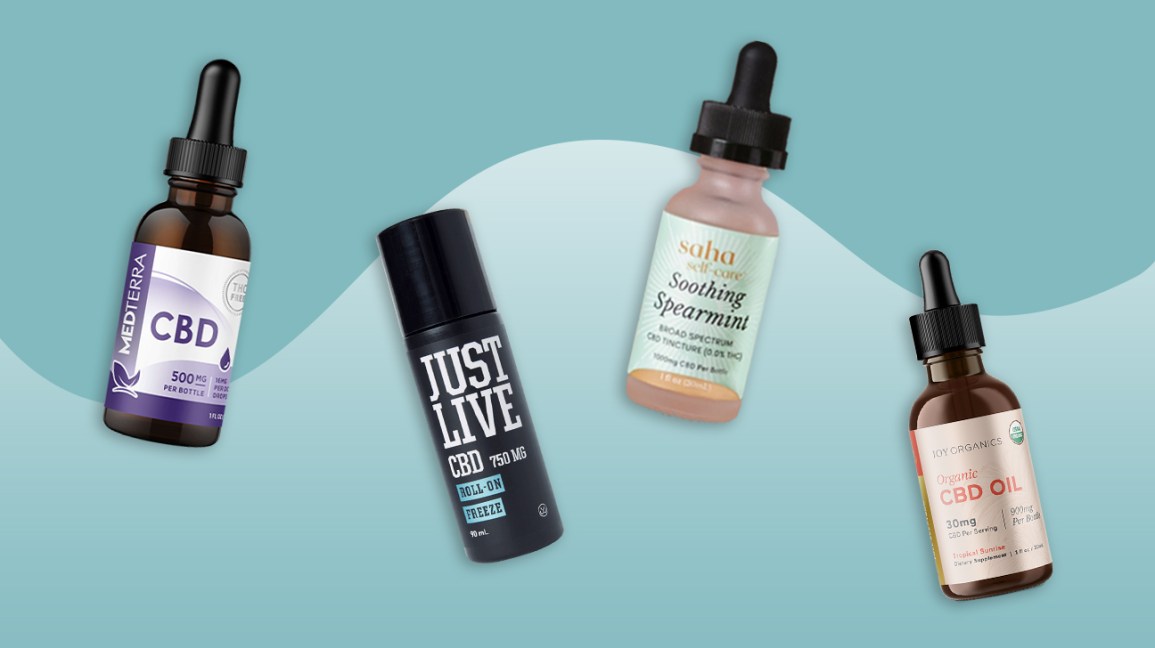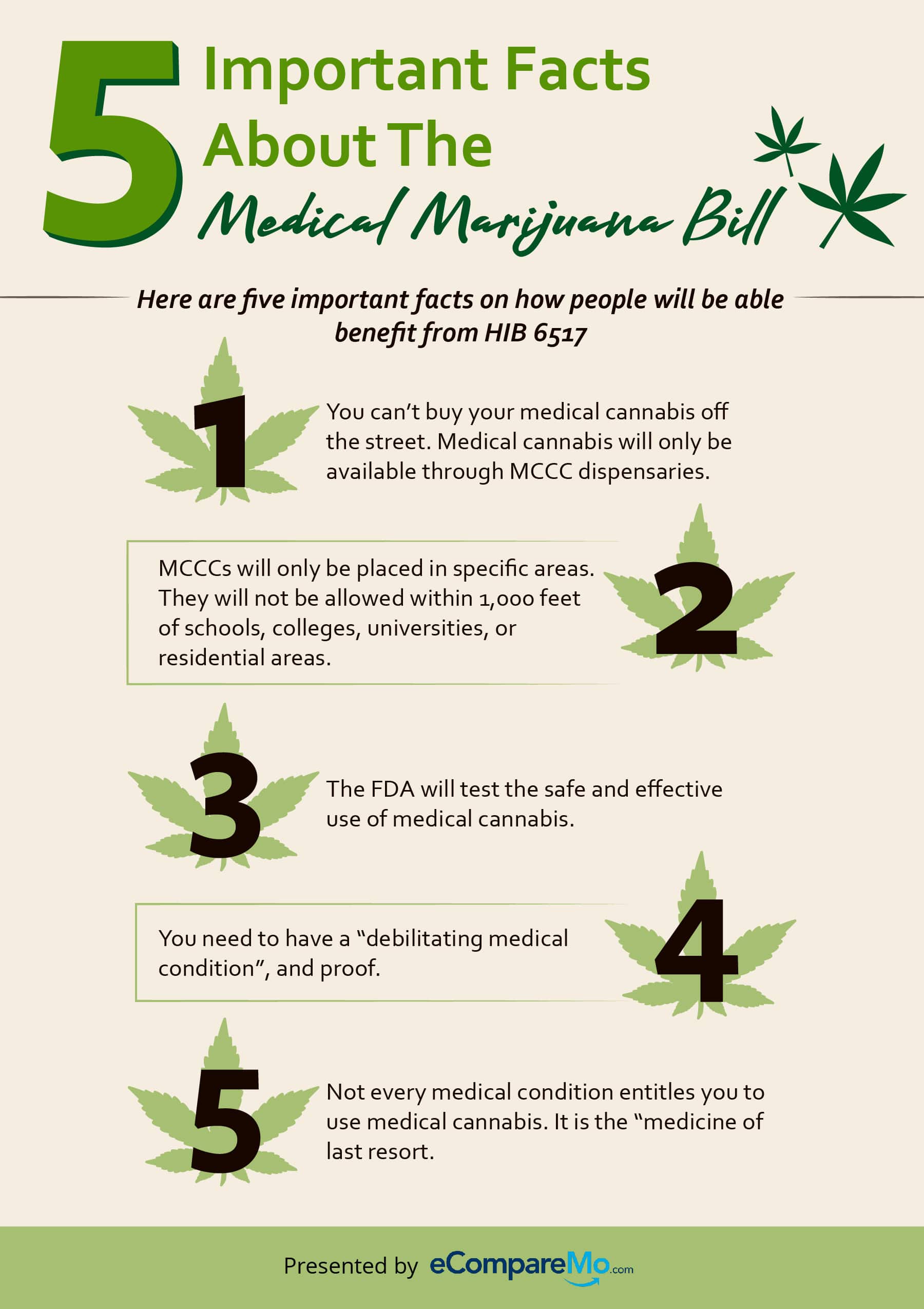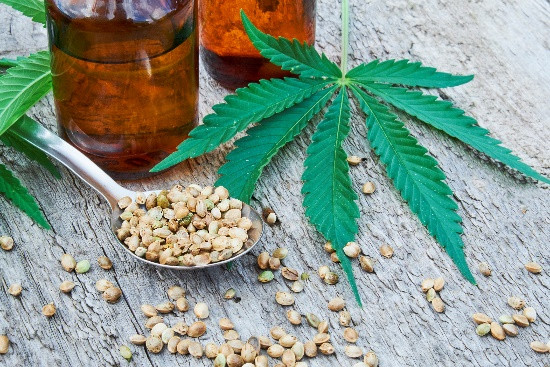
Hemp is a valuable source of organic matter. During its life cycle, it decomposes to release large amounts of organic matter into the soil. Due to its high leaf turnover rate, it reduces water loss as well. It acts as a mulch, protecting soil structure. The plant also uses its stalks to decompose before being harvested.
Cannabis sativa
Cannabis sativa hemp is one of the fastest-growing plants on Earth. It is used both for medicinal and industrial purposes. You can make many products from hemp, such as paper, rope, clothing, and other materials. Hemp is also fast-growing and can be used as biofuel. Hemp is also one the most commonly-cultivated plants on Earth. Hemp is fast-growing and also low-maintenance, making it a great option for your local garden.
Cannabinoids, which are bioactive compounds found in Cannabis sativa cannabis hemp, are a valuable source. These compounds have anti-inflammatory as well as anti-oxidant properties. They can also prevent wrinkles and fine lines by reducing the risk of skin ageing. They strengthen the skin's skin barrier and prevent bacteria growth.
Hemp is legal in the United States but it's still a popular agricultural crop. It is actually one of the oldest cultivated plants. It is an important contributor to fiber and seed to textiles, and other industrial products. Its oil and seeds are rich in omega fatty acids as well as essential nutrients.

The hemp plant's seed oil is an important ingredient in skincare products. It is high in nutrients and has antioxidant properties. It is a well-known beauty and food ingredient. In recent years, its use in skincare products has increased dramatically. It is used to improve skin complexion and soothe the skin.
Cannabis sativa, a cannabis crop, has high genetic variability. It is also interfertile, meaning that it produces many different varieties. Many cannabis varieties have similar phenotypic, and genotypic traits. It is important to distinguish between varieties.
The legal limitations on THC content in cannabis sativa have complicated genetic research. However, recent research has improved genetic methods for cannabis sativa. Researchers have developed a method for extracting embryos from seeds and improved DNA extraction. The method yielded DNA from individual Cannabis Sativa embryos at levels that were similar to those extracted from leaves. This DNA was then used in SSR molecular characterisation.
The cannabis sativa plant is a potent source of many benefits and has been grown all over the globe for hundreds of years. It can be used to fuel, build material, food, nutritional supplement, body care product, and as a fuel. Its fibres were also used for textiles and rope. Popular Mechanics magazine in 1938 highlighted the economic importance of hemp fiber and reported that hemp fiber could be used to make 30,000 different products.
Although marijuana and hemp have very similar properties, they are not the same species. The difference is the amount of THC in each plant. Hemp has much lower THC than marijuana, while the cannabis plant contains more THC. These two species can be used in different ways and often confuse each other. One species is used for medicine and the other is used to produce food and fibre.
Hemp seed oils are rich in omega-3 fatty acids and omega-6. They protect the skin from environmental stressors and nourish it. They help maintain the skin's natural moisture balance and prevent dryness. They also reduce irritation and redness. They are suitable for all skin types. Furthermore, cannabis sativa seed oils contain gamma–linolenic (great for skin health).

Hemp, a close relative of marijuana, is also known as hemp. It is produced from distinct strains of the Cannabis sativa plant, and is used to produce a variety of products. Hemp-derived products have very low levels of THC, so they don't give you a high.
Industrial hemp is one among the oldest cultivated plants. For thousands of year, hemp has been used as a fuel, fiber, or medicine. Hemp cultivation began in China around 2700 BC and has spread to Asia. Hemp was used mainly as a fibre crop up until the early 1900s. However, its use decreased because of competition from other plant fibre sources.
There is a wide range of amounts of phytocannabinoids contained in hemp seed. They are strictly controlled in hemp seeds to prevent them from reaching unsafe levels. The maximum amount of phytocannabinoids in hemp seeds is typically 10 mg.
FAQ
What's the future for the CBD industry?
The future looks bright for CBD. It's easy to see why so many people are jumping on board with this sector. It's easy to see why this market is growing exponentially, with CBD products generating over $1 billion in global sales.
Statista reports that in 2019, global sales of CBD (cannabidiol) are expected to exceed $22.4 Billion. This is an almost 200% increase from 2018!
Also, the CBD market is expected to grow at a compound annual rate of 22.5%. This would translate to almost $6.8 billion in revenues by 2022.
This is great news, both for new companies and those that are already active in the industry. However, the CBD market is still in its infancy. This means that there will be challenges.
Which countries produce the highest quality CBD?
The United States is home to the greatest number of CBD products.
But Canada, Australia, New Zealand, and Israel are also producing high-quality CBD products.
What are the best uses for CBD?
CBD can also be used to treat anxiety. It can also be used to treat pain and inflammation, depression, epilepsy, epilepsy, pain, and other conditions.
There are many ways you can consume CBD. You can eat foods containing CBD, drink CBD tinctures, vape CBD e-liquids, apply CBD creams and salves, or even put CBD drops under your tongue.
CBD can provide many benefits. It has been shown in studies to alleviate chronic pain, PTSD, anxiety, among other things.
Which states consume the most CBD?
California, Colorado, Oregon are the three most populous states. These states have large numbers, high incomes, and low rates of unemployment. They also have higher concentrations of hemp farms than other states.
California is the leader because its economy is heavily dependent on agriculture. California produces a lot of the country's fruits, vegetables. This makes sense because cannabis is extracted from the same plants as hemp.
Oregon and Colorado are closely followed by Oregon, both of which produce marijuana for medical use. California does not allow for recreational use.
Other states that are highly ranked include Washington, New York. Florida. Illinois. Pennsylvania. Mississippi.
What are the most common mistakes companies make when they try to enter the US market for cannabinoid products?
It is easy to make a mistake by not knowing the regulations surrounding cannabis products. This could be a sign that your product formulation needs to be changed.
A second error is not properly labeling your product. It is essential to find out if your product contains either THC or CBD.
Finally, you must know how to package your product correctly. If you have a product that contains THC, make sure it is properly packaged.
If your product is not containing THC, then it's important to follow all packaging regulations. There are many states that cannabidiol or CBD is legal.
Finally, you should always keep track of any recalls on your products. If there is a problem with your product, it is important that you inform customers as quickly as possible.
Is the CBD industry growing?
The answer is yes! As legalization spreads throughout North America, this growth is expected continue. Canada has legalized recreational marijuana use in the past year, and several states have passed laws regarding medical marijuana.
This trend is expected to continue for at most another decade, as more states pass legislation that allows access to medical marijuana.
From an economic standpoint, legalizing marijuana is also sensible. Legalizing pot has many other advantages, including a new market that is lucrative for farmers.
It could, for example, help lower crime rates by decreasing the availability of illegal drug. It could also bring in tax revenue to governments.
People will likely choose to consume less alcohol as they become more comfortable with legal marijuana. This would reduce the likelihood of having hangovers. It also means lower healthcare costs.
Patients with chronic pain might find that marijuana actually helps to improve their quality-of-life. Many believe that THC, which is the active ingredient of marijuana, can help relieve muscle spasms and nausea from chemotherapy.
Perhaps marijuana can be used as a treatment for mental illnesses like anxiety and depression. According to some studies, marijuana can be used to treat schizophrenia.
The CBD industry is on the rise, and there are many obstacles in its path.
Can CBD be a part of the future?
Yes. This isn't because of the medical benefits it offers, but because of how it makes people feel.
It's a good alternative to prescription drug because you won't feel any different from when you take it.
There is ample evidence to support the claims that cannabis can relieve pain, anxiety, depression, insomnia, among other conditions.
Cannabinoids found in cannabis also interact with the receptors in our brains. This interaction creates feelings of relaxation and well being.
You should understand the effects of CBD oil on your body and health if you are considering using it.
Statistics
- As a substance that was federally illegal before the passage of the 2018 Farm Bill, hemp-derived cannabinoids with no more than 0.3% THC still face a regulatory grey area. (forbes.com)
- A recent systematic review of human trials also reported that individuals with epilepsy receiving CBD (5–20 mg·kg−1·day−1) were more likely to experience decreased appetite than those receiving placebo (i.e., ~20 vs. 5% of patients) (ncbi.nlm.nih.gov)
- A recent study [161] also found that in vitro CBD treatment (i.e., ≤ 2 h exposure to 10 μM) induced ~40% vasorelaxation in isolated (pre-constricted) (ncbi.nlm.nih.gov)
- While the primary injury may not be treatable, interventions that attenuate secondary sequelae are likely to be of benefit [203].Only one study (ncbi.nlm.nih.gov)
- The inhibition of FAAH is predicted to lead to an increase in brain and plasma concentrations of AEA, which acts as a partial agonist at CB1R and CB2R, thereby increasing endocannabinoid tone [92, 110]. (ncbi.nlm.nih.gov)
External Links
How To
What are the most common problems in the CBD industry?
The market for CBD is growing at an astonishing rate. However, this market is still full of challenges for businesses that want to expand. There are many challenges facing businesses looking to enter this space, including low consumer awareness, high costs of entry and limited access to capital.
Many people are not aware of what CBD is, or how it functions. They are unable to make an informed decision about buying CBD products.
Most CBD companies rely heavily upon word-of mouth marketing. This is costly, as it requires advertising and the hiring of staff to promote their brand.
Another problem for new entrants to CBD is the high price of production. The raw materials needed to create CBD products are quite expensive. To make CBD oil, hemp must be grown in certain climates and soil types.
It takes approximately $1,000 per acre to grow enough hemp to process into CBD oil. Many small farmers are unable or unwilling to invest in this product.
The lack of capital access is another obstacle new entrants to the CBD market face. Many people who want to start a business are discouraged by banks due to the stigma associated with the industry.
Last but not least, there is regulatory uncertainty regarding the sale and distribution of CBD products. There are no guidelines for how CBD products should market.
Some states have passed legislation restricting the sale of CBD products, but this has yet to become national policy.
So far, only two states - Maine and Nevada - have legalized recreational marijuana.
However, some states like Massachusetts and Michigan are considering similar measures.
These changes could lead to increased competition between CBD manufacturers.
Many entrepreneurs prefer to work at home over starting a business.